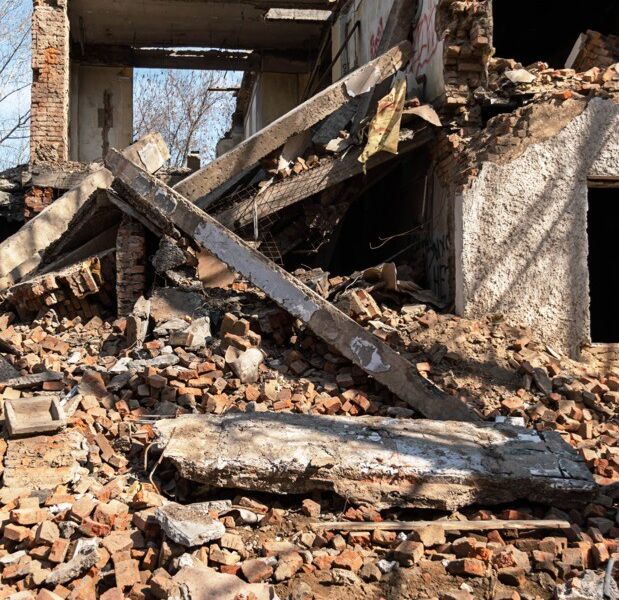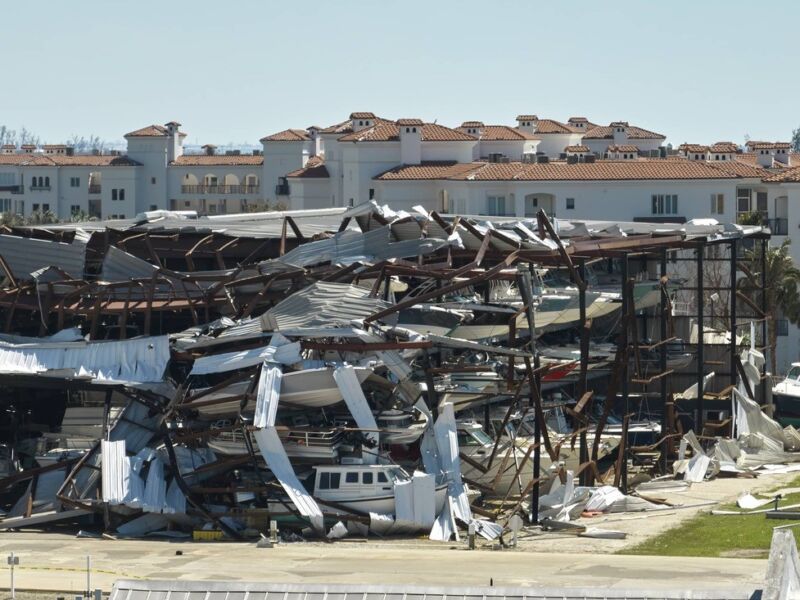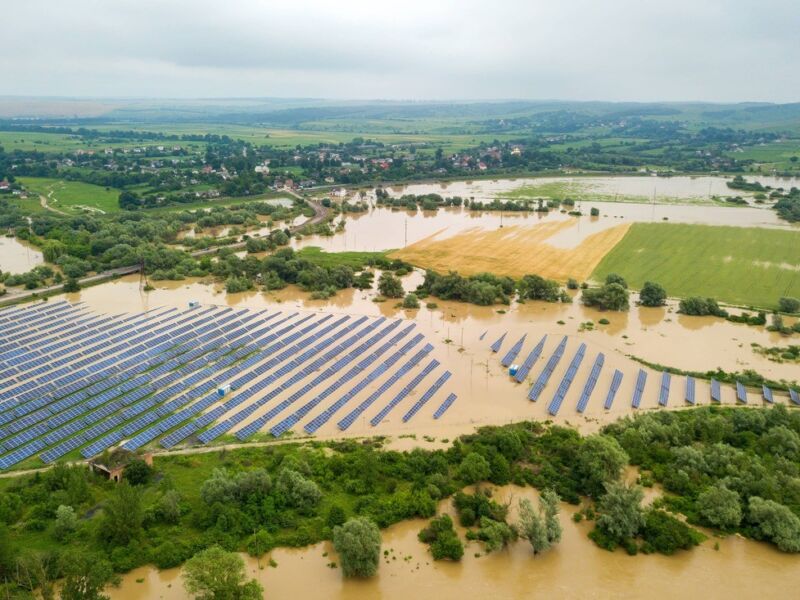
The Role of Emergency Communication Centers in Disaster Response
Emergency communication centers are the nerve centers of disaster response and recovery efforts. They serve as the primary point of contact for emergency calls, dispatching emergency services to the scene, and coordinating resources to mitigate the impact of the disaster. These centers facilitate communication among various stakeholders, including first responders, government agencies, and the public.
Functions of Emergency Communication Centers
Emergency communication centers perform various critical functions during a disaster:
- Emergency Call Intake: The center receives emergency calls from the public and quickly assesses the situation to determine the appropriate response.
- Dispatching: Once the nature and severity of the emergency are determined, the center dispatches the necessary emergency services, such as police, fire, and medical personnel, to the affected area.
- Information Dissemination: Emergency communication centers play a crucial role in providing timely and accurate information to the public. They utilize various channels, such as emergency alert systems, social media, and news outlets, to ensure that the affected population is informed and aware of the situation.
- Resource Coordination: These centers coordinate the allocation of resources, such as equipment, personnel, and supplies, to support emergency response efforts. They ensure that resources are deployed efficiently and effectively to the areas that need them the most.
- Situational Awareness: Through constant monitoring and communication with field personnel, emergency communication centers gather real-time information about the evolving situation. This helps decision-makers assess the extent of the disaster, identify emerging risks, and make informed decisions.

Challenges Faced by Emergency Communication Centers
Despite their critical role, emergency communication centers face various challenges that can impact their effectiveness:
- High Call Volume: During a disaster, call volumes can surge exponentially, overwhelming call takers and potentially causing delays in response times.
- Technological Limitations: Outdated or insufficient technology infrastructure can impede the ability of communication centers to handle large volumes of calls and efficiently disseminate information.
- Coordination with Multiple Agencies: Effective disaster response requires seamless coordination among multiple agencies and organizations. Communication centers must establish effective partnerships and protocols to ensure smooth collaboration.
- Public Trust and Expectations: Communication centers are responsible for delivering accurate and timely information to the public. Any miscommunication or delay can erode public trust and hinder effective emergency management.
- Training and Preparedness: Communication center staff require specialized training to handle high-pressure situations and effectively communicate with callers. Regular exercises and drills are essential to ensure readiness and preparedness.
The Importance of Emergency Communication Centers
Emergency communication centers play a crucial role in ensuring effective emergency management. Their importance can be summarized as follows:
- Rapid Emergency Response: By serving as the central hub for emergency calls, dispatch, and resource coordination, communication centers facilitate quick and efficient emergency response, potentially saving lives and minimizing property damage.
- Information Flow: These centers are responsible for disseminating accurate and timely information to the public, enabling individuals to make informed decisions and take appropriate actions during a disaster.
- Coordination and Collaboration: Effective coordination among various stakeholders is essential for successful disaster response. Emergency communication centers help facilitate communication and collaboration among first responders, government agencies, and other organizations involved in the response effort.
- Situational Awareness: By monitoring and collecting real-time information, communication centers provide decision-makers with critical situational awareness. This allows for a better understanding of the evolving situation and the ability to make informed decisions.
- Public Safety and Reassurance: The presence of effective communication centers reassures the public that emergency services are readily available and engaged in disaster response. This promotes public safety and confidence in the emergency management system.
Important Facts and Statistics about Storm and Disaster Restoration
Understanding the impact and importance of storm and disaster restoration can provide valuable insights into the need for effective emergency communication centers. Here are some key facts and statistics:

- According to the National Centers For Environmental Information, the U.S. experienced some of the most damaging storms in 2018 and 2019, resulting in significant property damage and financial losses.
- The water damage restoration industry is expected to grow at a compound annual growth rate (CAGR) of 6.8% from 2020 to 2025.
- The Federal Emergency Management Agency (FEMA) has declared a state of disaster in major counties across the country multiple times over the years, highlighting the frequency and severity of disasters.
FAQ
What is the role of emergency communication centers in disaster response?
What are the challenges faced by emergency communication centers?
For more information on emergency communication centers and storm restoration services, visit JGW Group Water Damage Restoration Deerfield Beach.



